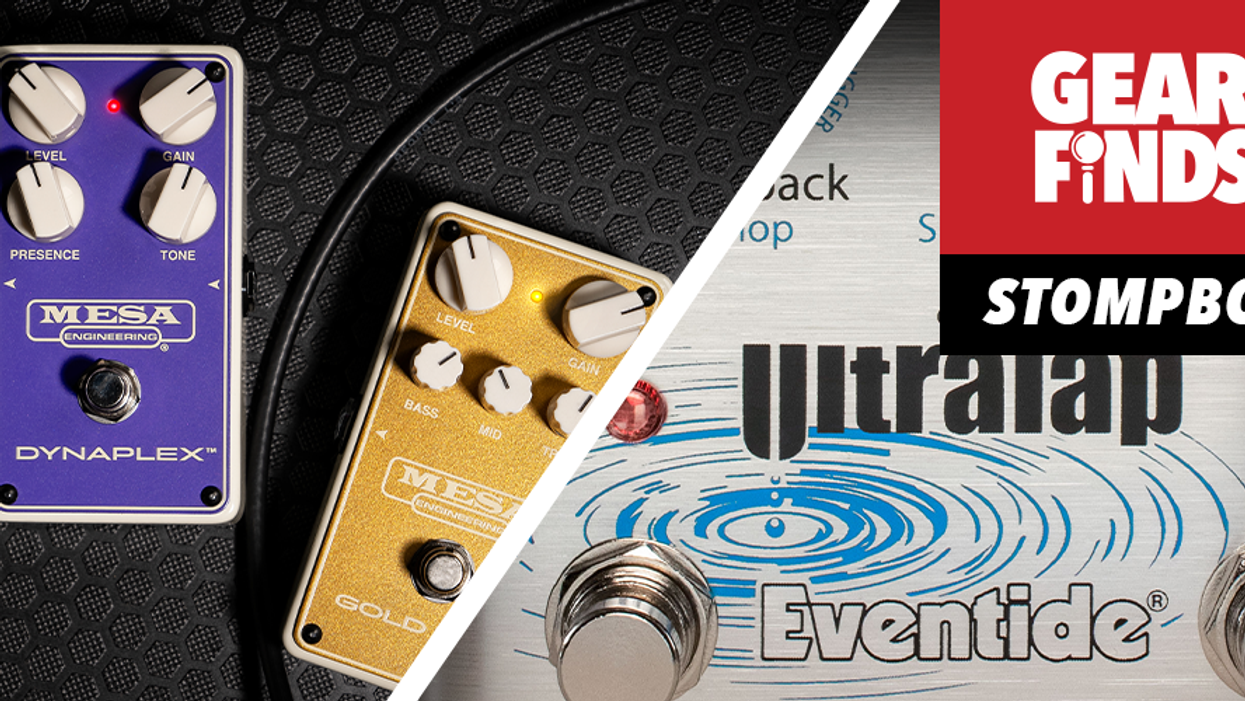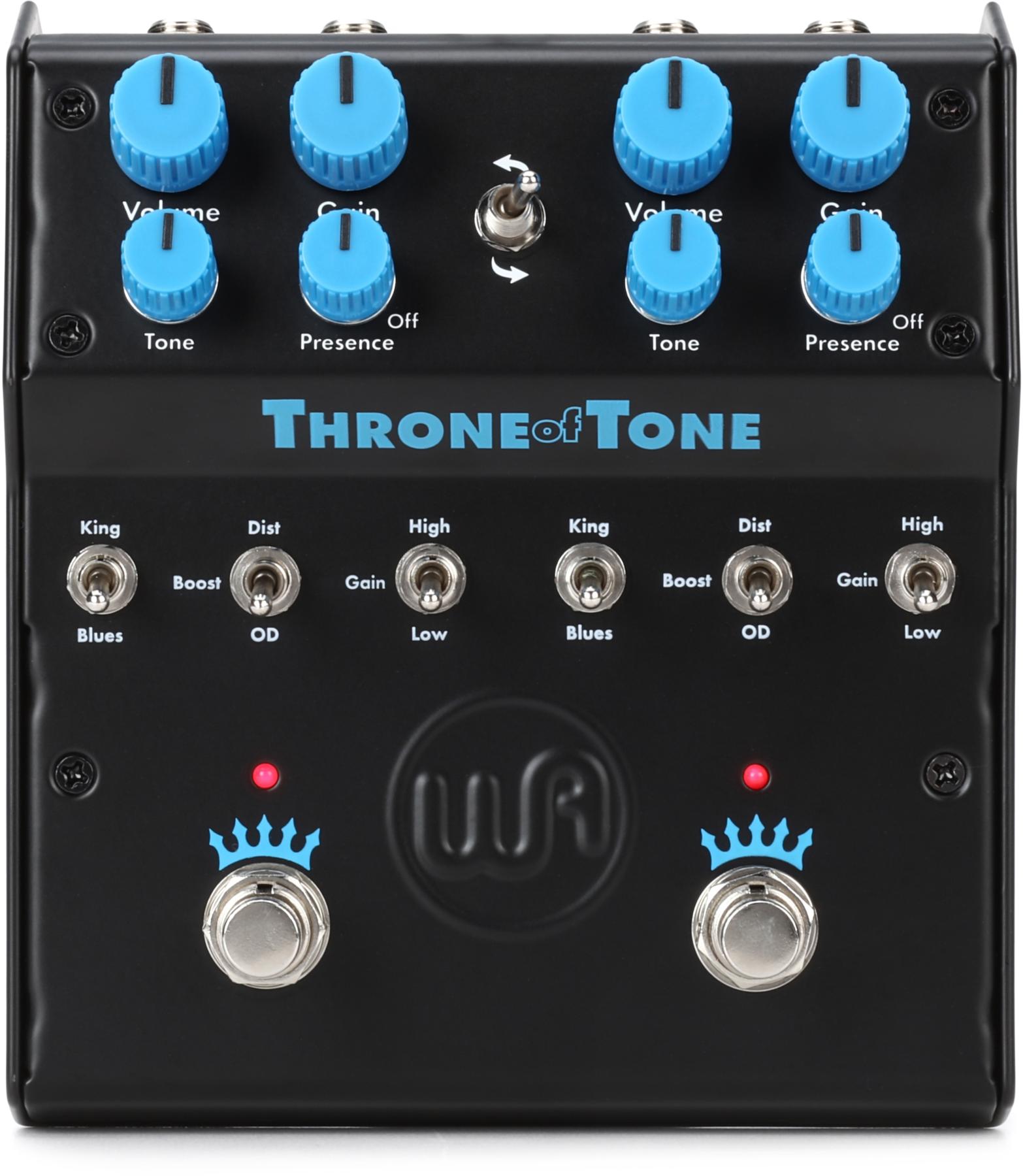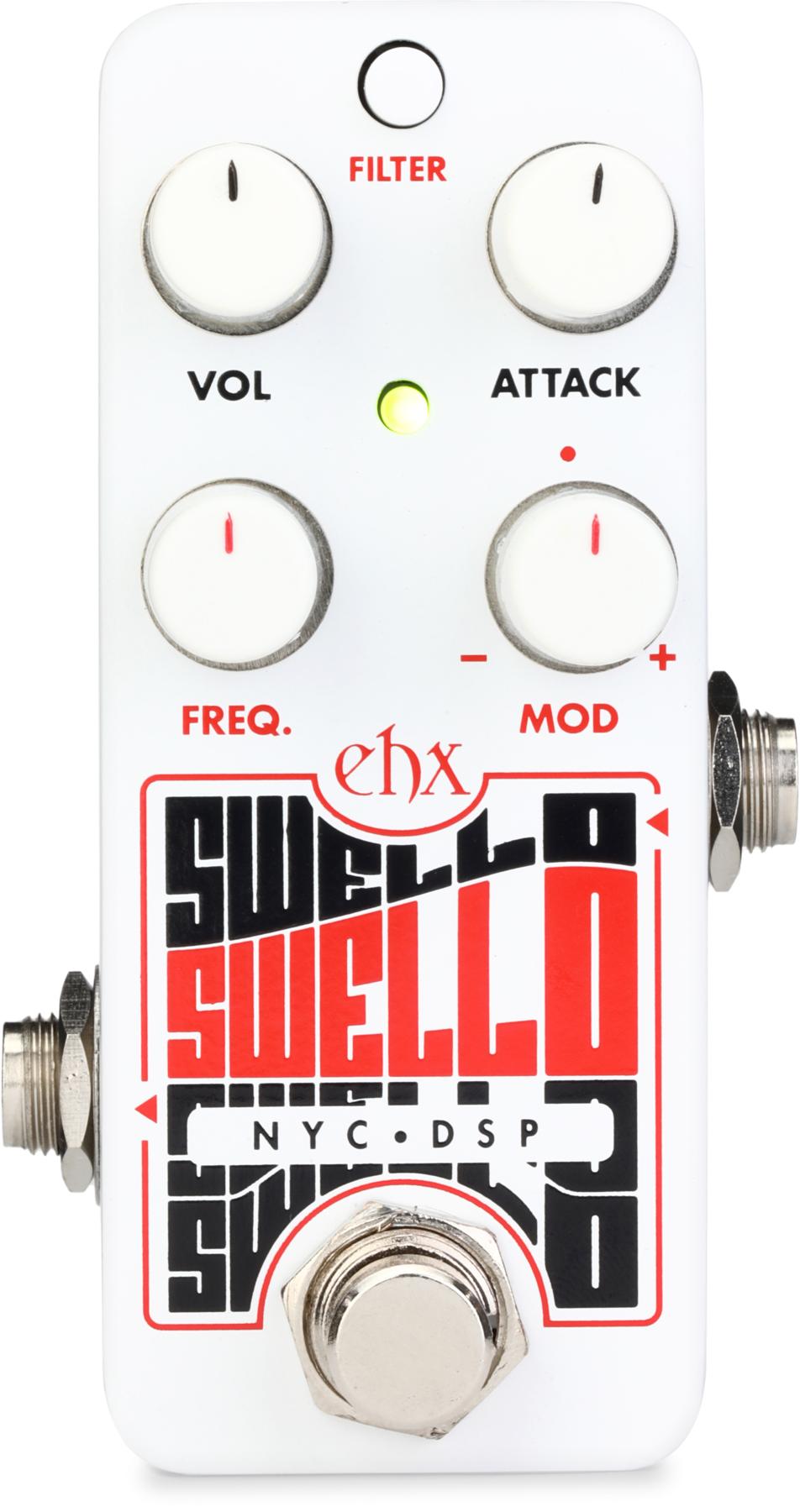Click here to see the full-size video |
Our first introduction to the line is the T400DCE acoustic/electric, and the northern breeze metaphor seems pretty appropriate for the guitar. It’s cool looking and has a fresh, lively sound—and the fact that it was a Winter NAMM Best in Show winner this year certainly adds some gusto, too.
Minimalist Elegance
The T400DCE’s aesthetics are very attractive. Teutonic, simple, and understated. The fretboard is bare rosewood, with a black graphite nut and saddle. The nut is 1 11/16” wide, and the strings are 2 1/4” inches from E to E at the saddle. The action could go lower just out of the box, but it plays clean and intonates true as is. We have a string-through bridge here instead of a pin bridge, which adds to the clean, minimalist look.
The top is solid Sitka spruce, and it’s complemented nicely by the rosewood saddle and rosette, which features simple marquetry with an Occitan cross in maple. The Venetian cutaway is pleasingly curvy and deep enough to give you some usable additional room, especially when playing with a capo. The back and sides are Indonesian rosewood, which has a less purple-ish, more “shades of chocolate” look than Indian rosewood. All bindings and purflings on this baby are wood as well.
The T400DCE’s acoustic sounds are very good. It’s warm in the lows and bright in the highs, and the midrange is just right, with none of the nasally unpleasantness that many guitars in this price range exhibit. The tones are clear enough to work in an ensemble, but warm enough to be useful to a solo player too. The neck is comfortable, though it’s narrower than has become fashionable in the States lately.
Flexible Electronics
The Tramontane’s electronics are intuitive and easy to navigate. The pickup is a Nanoflex piezo undersaddle, and the onboard StudioLâg Plus preamp is made for Lâg by Shadow. It features five EQ presets (more on those below) and a built-in tuner that works whether you’re plugged in or not, and it’s quick to respond and wonderfully easy to use. There are one green and two red LEDs, with the green in the middle. The red LEDs blink faster the further out of tune you are, and slower the closer you get, until they blink off and you’re just left with the green light alone. Blue lights under each note assist with navigation. As on so many other onboard preamps, the labels on the controls are small and hard to read. I guess I should just give up thinking that’s ever going to change.
Beyond the tuner, you have Volume, a single Bass/Treble knob, a Bypass button that gives you just the pickup without the EQ presets, and a notched knob for selecting the presets (which were created in a professional studio using a 31-band EQ). As implied by their names—Natural Folk, Mellow Mids, Studio Mid-cut, Fingerstyle Picking, and Mellow Jazz—the EQ presets are intended to aid with specific performance needs, though you can also tweak them to taste with the Bass/ Treble knob. Let’s dig in, shall we?
Plugging In
I plugged the T400DCE into my trusty L.R. Baggs Core 1 Reference Monitor to get a really clear and honest sound out of this guitar. I set everything flat, turned off the reverb, and found that the pickup by itself in Bypass mode sounds quite good. It’s balanced and lively, and there don’t seem to be any strings popping out obnoxiously over any others. I thought it was plenty warm for solo playing, and it could be brought instantly into an ensemble without competing with a bass player. It’s pleasant enough to listen to for a two or three hour gig, that’s for sure.
We used four acoustic amps to test the presets: the aforementioned Baggs Core 1, a Fishman SA220, a Bose L1, and an AAD CUB AG-100. After several of us listened, we decided that although the presets are interesting, we preferred the pickup in Bypass mode for its honest tone. Two of my colleagues pointed out that preset 3, Studio Mid-cut, would be useful when you wanted the guitar to be an “atmosphere” instead of a “character,” or if you wanted to drastically reduce midrange. In that context the Studio Mid-cut preset was very pleasant, particularly through the Bose.
The Final Mojo
Well-made, attractive, and playable, the Lâg Tramontane T400DCE is a terrific, quality guitar at a very reasonable street price of around $700. Acoustically, it’s a very pleasing guitar, and the pickup is versatile and representational. I’m not a fan of the EQ presets in the preamp, but the rest of the package is top notch.
Buy if...
you need a solid, stage-ready axe at a wallet-friendly price.
Skip if...
you are more interested in the electronics than the guitar.
Rating...



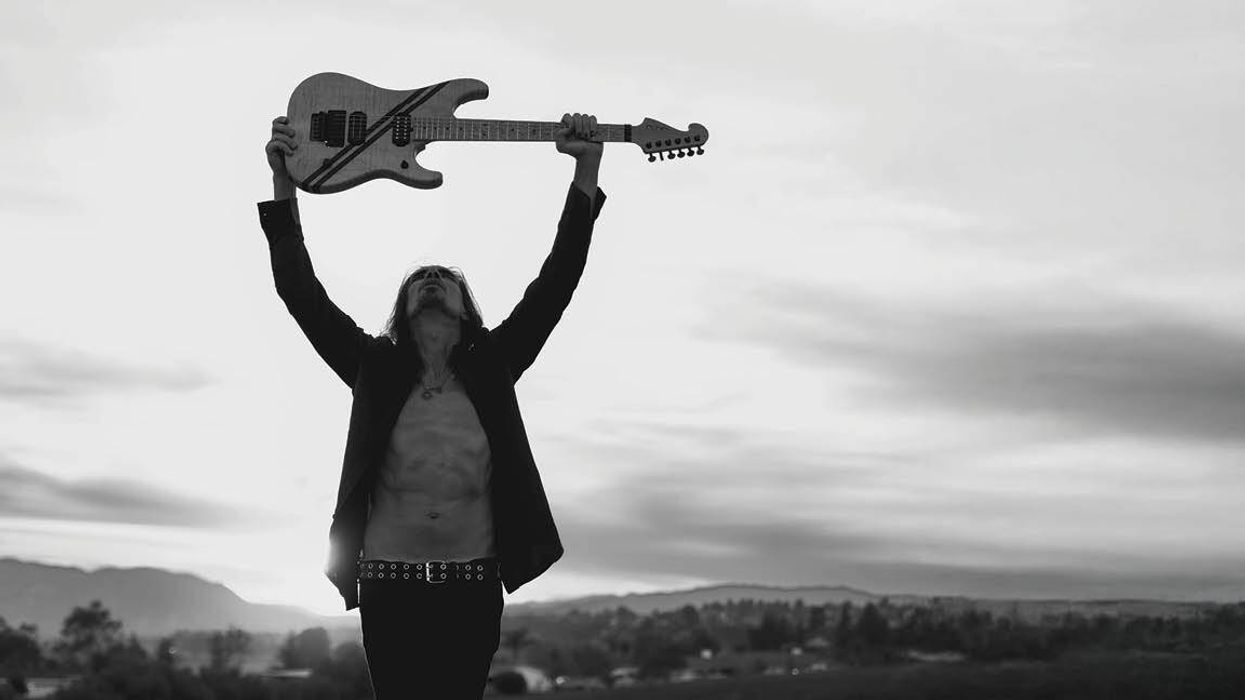
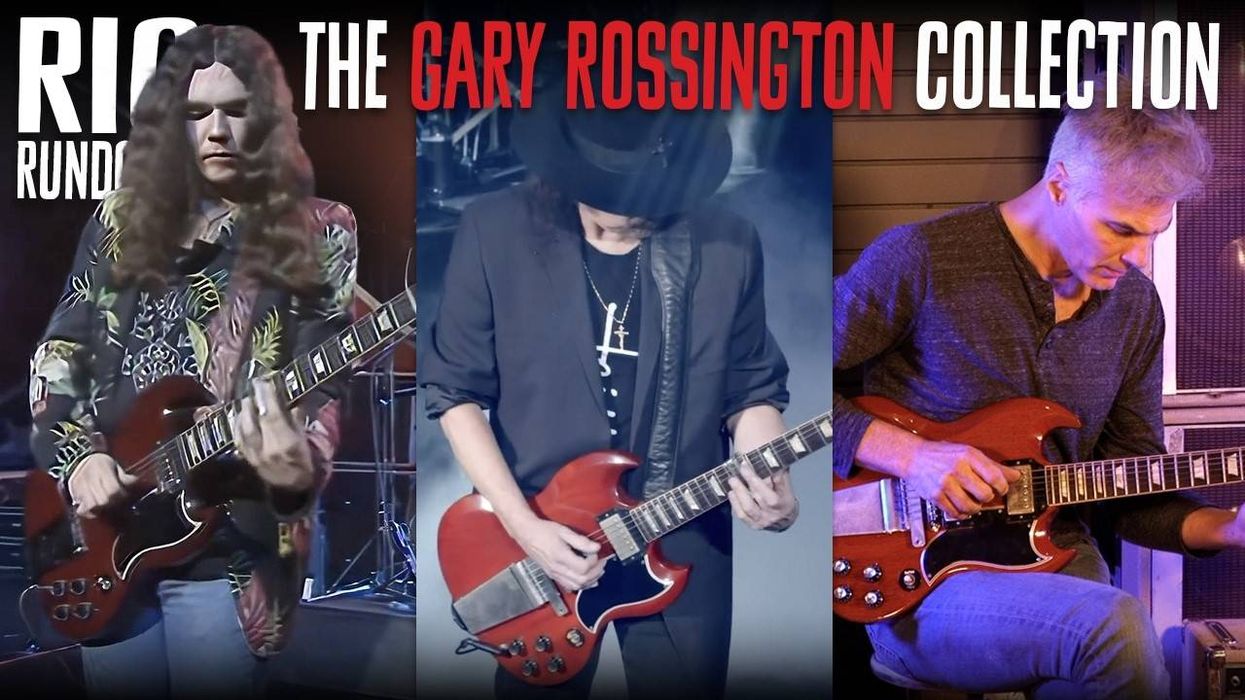





![Rig Rundown: Russian Circles’ Mike Sullivan [2025]](https://www.premierguitar.com/media-library/youtube.jpg?id=62303631&width=1245&height=700&quality=70&coordinates=0%2C0%2C0%2C0)


